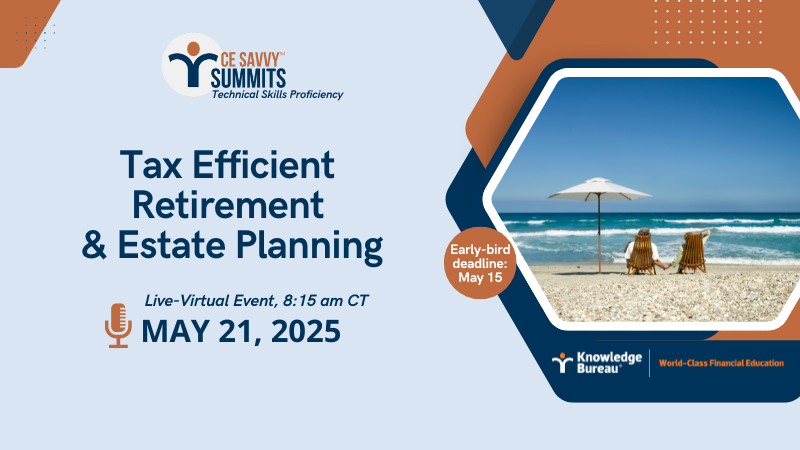Job Loss? Ways to Tap into Financial Help
Last time we discussed ways to save money on a severance package using an RRSP and other important tax planning options. In the final instalment of this series, we’ll discuss other accounts to tap to meet cash flow needs, the tax consequences of challenging the amount of severance and a little-known tax trap when it comes to EI (Employment Insurance).
Other Accounts toTap. In addition to looking at RRSP room to immediately reduce your tax liability and keep more of the severance package intact and available to pay costs of living, review other tax-preferred accounts, such as the First Home Savings Account, TFSAs, or RESPs to meet specific short-term objectives. This is of course true, if there is no cash or tax-paid capital available for these purposes.
How to Budget Wisely. Unfortunately, many people end up spending their severance rather than rolling it into the RRSP contribution room or room available in an employer-sponsored retirement plan. This choice can lead to a missed opportunity for retirement savings, which can have a long-term impact on their overall wealth. Additionally, it can result in lost opportunities for income splitting and investing. Some tips for an orderly spending strategy:
Consider paying down any CRA tax balances, and consumer credit cards, first. Always pay mortgages, and other important debts like car payments. The primary focus of a sharpened budget is to reduce immediate cash flow needs, but you also want to counsel the client to reduce interest and penalty costs, especially with the CRA. They are a very impatient creditor and have the power to hold back government benefits and refunds, garnishee wages at the next job and/or seize assets.
Fighting for More. What if your client isn't happy with the severance package offered? In cases where an offer is refused in favor of legal action, new cash flow issues may arise. This situation might lead to the encroachment on investment portfolios, and these consequences need to be considered on an after-tax basis. Legal fees will be deductible, however, and there are several special rules to consider. Discuss this with a tax specialist.
Finally, let's address what happens when there is no severance package? In situations like company bankruptcy or short-term employment, severance may not be available. It’s important to help your clients understand the timing and process as they await information or potential payouts, especially in the case of corporate bankruptcies.
EI Benefits. Additionally, it’s important to evaluate how the severance package – or any taxable lump sum - might affect potential Employment Insurance (EI) benefits. Taking the time to consider this can help avoid unintended reductions in these benefits.
A clawback of EI benefits can occur in some cases when net income is $82,125 (2024) or more, and regular benefits (but not sickness benefits) were paid in the 10-year period prior to the current tax year 2025. This means you might have an unpleasant repayment surprise when you file your tax return. An RRSP contribution can help to reduce that net income threshold so that more of the EI benefits can be preserved.
Bottom Line. Despite the short term cash flow deficit, paying a tax specialist to help with job termination planning can pay off in spades.
